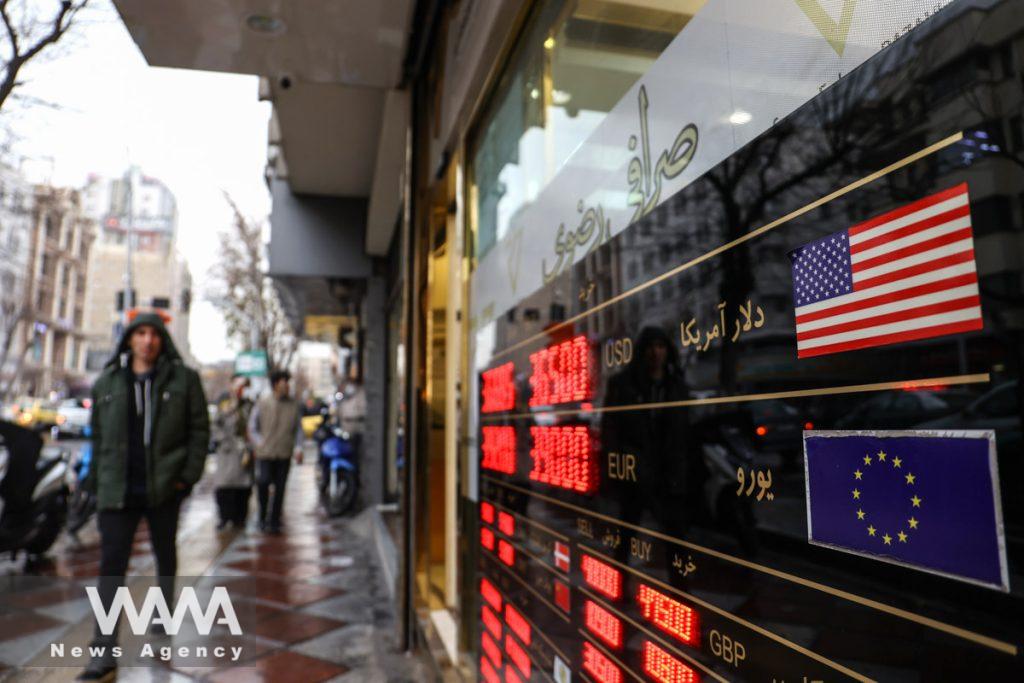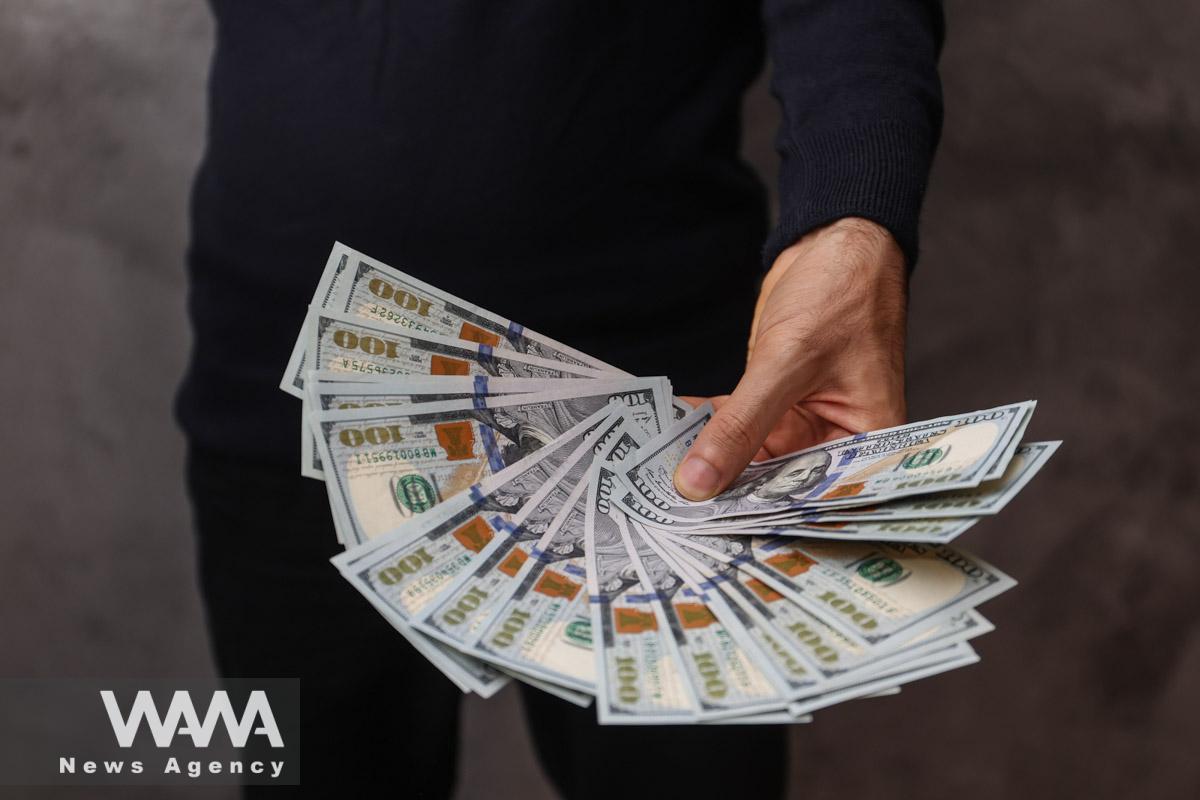The Currency Market’s Indifference to the Anti-Iranian Resolution
In the past two days of trading, the dollar’s price in Tehran increased, but the dirham’s dollar bubble decreased and even turned negative because the dollar’s percentage increase was higher than the dirham’s growth.
The increase in the dollar’s value in Tehran, despite the decline in the dirham’s bubble value, indicates a complex interplay of domestic and regional economic factors. The greater rise in the dollar compared to the dirham highlights how local conditions and speculative activities are influencing the Iranian market more significantly than regional trends.
An economic expert, Rahimi, stated: “The currency and gold markets have not shown a significant reaction to international news such as the resolution. This partly demonstrates the maturity of the market participants and the proper behavior of the market maker.”
Rahimi’s observation underscores the strategic role of market makers in maintaining economic stability. By not allowing the dollar to surge uncontrollably, these market makers play a crucial role in curbing potential inflation and maintaining public confidence in the national economy.
Until the end of the presidential election, the dollar’s price will not experience significant fluctuations, and the market maker will prevent the dollar from entering a higher range.
By ensuring that the dollar remains within a manageable range, economic policymakers are likely aiming to project an image of stability and control, which is critical for political and economic confidence among the populace.
In conclusion, the currency and gold markets’ muted response to the anti-Iranian resolution illustrates a shift toward Iran’s more resilient and controlled economic environment.

A board shows currency exchange rates in Tehran, Iran, December 25, 2022. Majid Asgaripour/WANA (West Asia News Agency)












